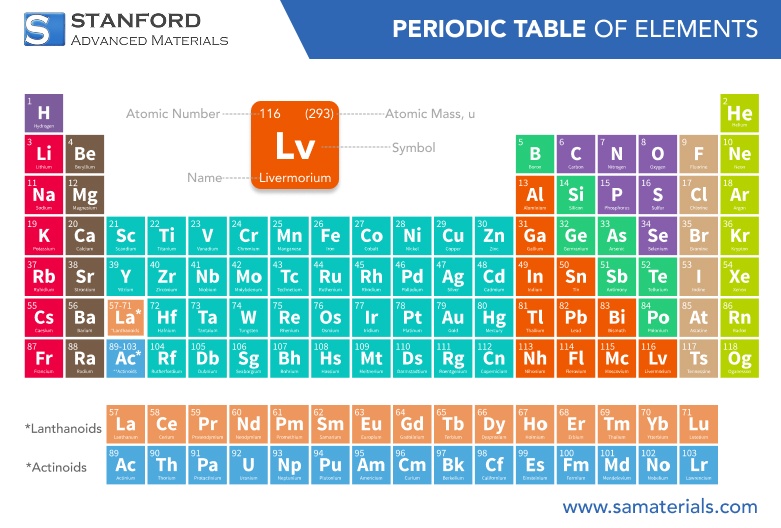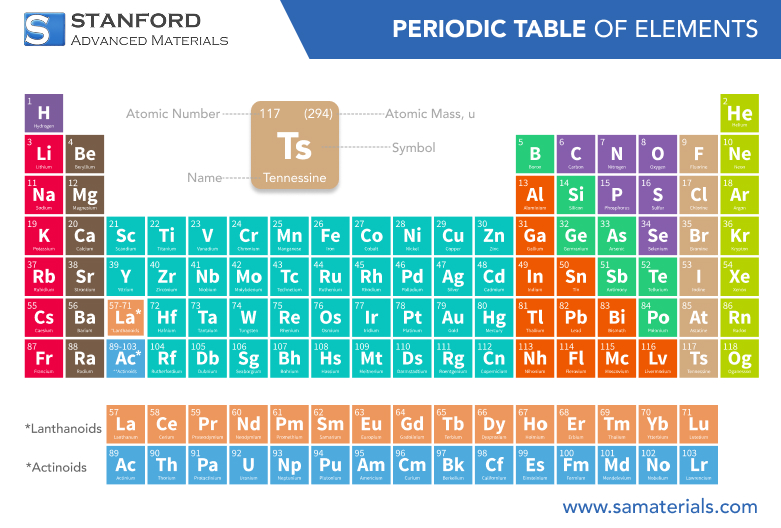Curium: Element Properties And Uses
Description
Curium (Cm) is a radioactive, silvery metal with an atomic number of 96. It is a synthesised element produced in nuclear reactors. Curium emits high-intensity alpha radiation and is used in space reactors and scientific research.
Introduction to the Element
Curium is a synthesised element first produced in the mid-20th century. It is named after Marie and Pierre Curie and, owing to its radioactivity and characteristic properties, occupies a distinct position among synthesised elements. As one of the transuranic elements, Curium does not occur naturally and is produced in dedicated nuclear facilities. This element is used in scientific research and contributes to the advancement of nuclear chemistry and physics.
Description of Chemical Properties
Curium exhibits several chemical properties that differentiate it from many other elements. It belongs to the actinides and usually displays an oxidation state of +3, although under specific conditions other oxidation states may be observed.
The element reacts with oxygen, halogens and other non-metals to form compounds of interest to nuclear chemistry. Because Curium is radioactive, its compounds are generally handled in controlled environments, where strict safety protocols are maintained to protect researchers and the environment.
Table of Physical Properties
|
Property |
Value |
|
Atomic Number |
96 |
|
Atomic Weight |
~247 (approximately) |
|
Density |
~13.5 g/cm³ |
|
Melting Point |
~1 340 °C |
|
Boiling Point |
~3 110 °C |
|
Common Isotope |
Cm-244 |
For further information, please visit Stanford Advanced Materials (SAM).
Common Applications
Although Curium is not widely used outside research laboratories, it has several applications. Due to its radioactivity, it is considered for use in thermoelectric generators that convert the heat generated by radioactive decay into electrical energy. Such generators have been evaluated for specialised applications in remote areas or in space environments, where long-lasting power supplies are required.
In scientific research, Curium is used to study nuclear reactions and the synthesis of heavier elements. Experiments under various chemical conditions yield numerical data that contribute to theories concerning atomic structure and bonding in the actinide series.
Preparation Methods
Curium is produced through advanced nuclear processes that require strictly controlled conditions. Typically, this element is synthesised by bombarding heavier elements, such as Plutonium or Americium, with neutrons or alpha particles. This method is conducted in a nuclear reactor or particle accelerator, where the target element undergoes nuclear reactions that result in the formation of Curium isotopes. The process is complex and expensive; consequently, only specialised research facilities are capable of producing even small quantities of Curium.
Frequently Asked Questions
What is Curium?
Curium is a synthesised radioactive element with an atomic number of 96. It is produced in nuclear reactors and is primarily used in scientific research.
How is Curium produced?
Curium is synthesised by bombarding heavier elements, such as Plutonium or Americium, with neutrons or alpha particles in dedicated nuclear reactors or particle accelerators.
What are the chemical properties of Curium?
Curium typically exhibits an oxidation state of +3, reacts with various non-metals and forms compounds that are of significant interest in the study of actinide chemistry.
How is Curium commonly used?
It is chiefly used as a heat source in thermoelectric generators employing radioisotopes and is studied in nuclear reactions and the synthesis of heavy elements.
Which industrial products involve Curium?
Curium is used in niche applications such as nuclear fuel elements, calibration sources for radiation detectors and experimental power sources in specialised high-technology industries.

 Bars
Bars
 Beads & Spheres
Beads & Spheres
 Bolts & Nuts
Bolts & Nuts
 Crucibles
Crucibles
 Discs
Discs
 Fibers & Fabrics
Fibers & Fabrics
 Films
Films
 Flake
Flake
 Foams
Foams
 Foil
Foil
 Granules
Granules
 Honeycombs
Honeycombs
 Ink
Ink
 Laminate
Laminate
 Lumps
Lumps
 Meshes
Meshes
 Metallised Film
Metallised Film
 Plate
Plate
 Powders
Powders
 Rod
Rod
 Sheets
Sheets
 Single Crystals
Single Crystals
 Sputtering Target
Sputtering Target
 Tubes
Tubes
 Washer
Washer
 Wires
Wires
 Converters & Calculators
Converters & Calculators
 Write for Us
Write for Us
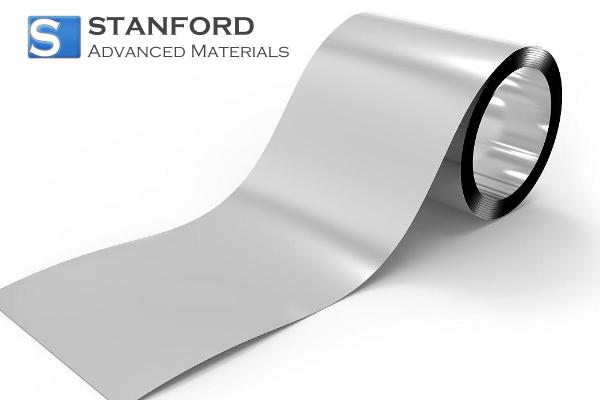
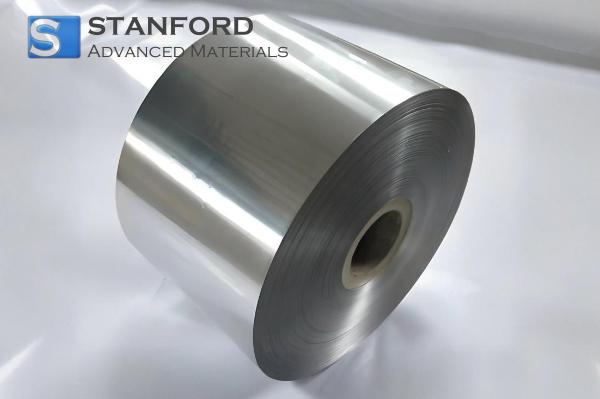
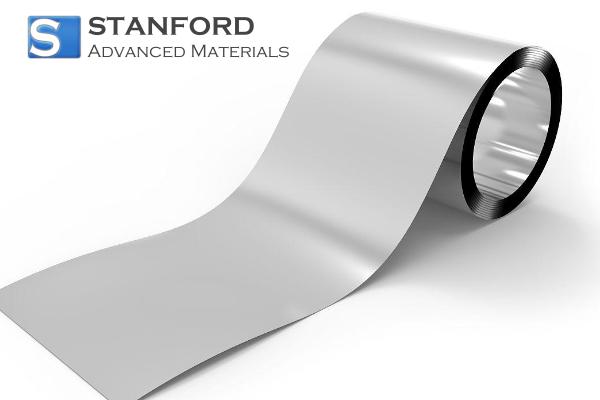
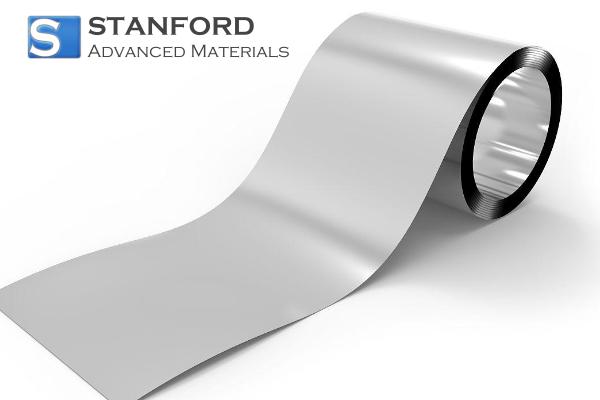
 Chin Trento
Chin Trento

